LAW C-200 in the XXI century
After the creation of the US nuclear weapons Its main carriers until the mid 60-ies of the XX century were strategic long-range bombers. Due to the rapid growth of combat jet flight data aviationIn the 50s, the appearance of supersonic long-range bombers was predicted over the next decade. Work on such machines was actively conducted both in our country and in the USA. But unlike the USSR, the Americans could also deliver nuclear strikes with the help of bombers with no intercontinental range, operating from numerous bases along the borders with the Soviet Union.
Under these conditions, the task of creating a transported long-range anti-aircraft missile system capable of striking high-altitude speed targets has acquired particular relevance. Taken into service at the end of the 50, the C-75 ADMS, in its first modifications, had a launch range of a little more than 30 km. Creating defense lines to protect the administrative and industrial and defense centers of the USSR using these complexes was extremely costly. Especially acute was the need to protect from the most dangerous northern direction, it is the shortest flight route of the American strategic bombers in the event of a decision to deliver nuclear strikes.
The north of our country has always been a sparsely populated area, with a rare network of roads and vast spaces of almost impassable swamps, tundra and forests. To control huge spaces, a new mobile anti-aircraft complex was needed, with a large radius of action and reach in height. Specialists of the OKB-2, who were engaged in the creation of a new anti-aircraft system, in 1960 year was tasked to achieve the launch range with the defeat of supersonic targets - 110-120 km, and subsonic - 160-180 km.
At that time, the Nike-Hercules MIM-14 air defense system with a launch range of 130 km was already adopted in the USA. "Nike-Hercules" became the first long-range complex with a solid-fuel rocket, which greatly facilitated and cheapened its operation. But in the Soviet Union at the beginning of the 60's, effective recipes for solid fuel for long-range anti-aircraft missiles (SAMs) were not yet developed. Therefore, for the new Soviet long-range anti-aircraft missile they decided to use a liquid-propellant rocket engine (LRE) working on components that have already become traditional for domestic first-generation missile systems. Triethylaminoxylidine (TG-02) was used as a fuel, and nitric acid with the addition of nitrogen tetroxide was used as an oxidizing agent. The rocket was launched using four discharged solid-fuel boosters.
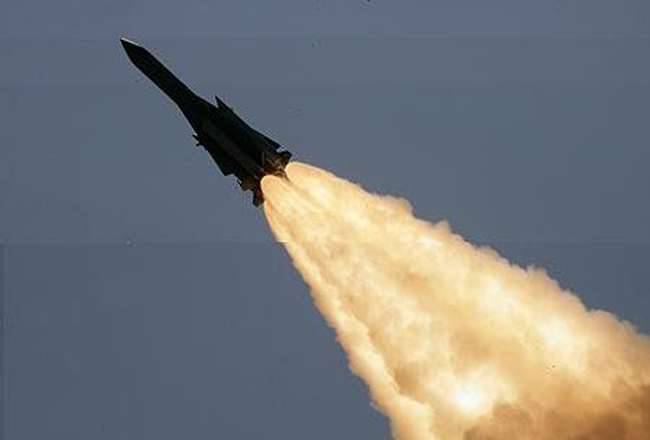
In the 1967 year, the long-range air defense system C-200А entered into service with the anti-aircraft missile forces of the USSR air defense (more details here: Long-range anti-aircraft missile system C-200) with a range of 180 km and reach height 20 km. In more sophisticated modifications: C-200В and С-200Д, the target destruction range was increased to 240 and 300 km, and the height reachability was 35 and 40 km. Other, much more modern anti-aircraft systems can be equal to such indicators of distance and height of defeat even today.
Talking about C-200, it is worthwhile to dwell in greater detail on the principle of targeting anti-aircraft missiles of this complex. Prior to that, in all Soviet air defense missile systems, radio command and control of missiles at the target was used. The advantage of radio command guidance is the relative simplicity of execution and the low cost of the guidance equipment. However, this scheme is very vulnerable to organized interference, as well as increasing the range of the anti-aircraft missile from the guidance station - the magnitude of the slip increases. It is for this reason that almost all of the American Nike-Hercules MIM-14 long-range missile defense systems in the United States were armed with nuclear warheads. When firing at a range close to the maximum, the magnitude of the miss of Nike-Hercules radio command missiles reached several tens of meters, which did not guarantee the destruction of the target by fragmentation warhead. The real range of the defeat of aircraft of front-line aviation with missiles that do not carry a nuclear warhead, at medium and high altitudes, was 60-70 km.
For many reasons, it was impossible in the USSR to arm all long-range anti-aircraft missile systems with nuclear warheads. Understanding the deadlock of this path, Soviet designers developed a semi-active homing system for the C-200 missiles. Unlike C-75 and C-125 radio command complexes, in which guidance commands were issued by SNR-75 and CHP-125 missile guidance stations, the target illumination radar (ROC) was used as part of the C-200 air defense system. The Russian Orthodox Church could seize the target and switch to its auto-tracking by the homing head (GOS) of the Zur at a distance of 400 km.
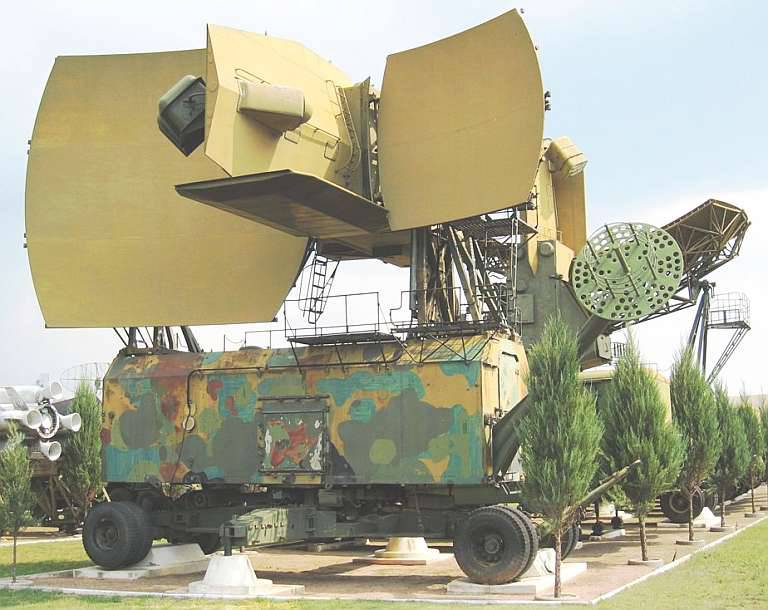
Reflected from the target probe signal of the ROC was taken by the homing head Zour, after which it was captured. With the help of the ROC also determined the distance to the target and the affected area. Since the launch of the rocket, the ROC has been continuously highlighting the target for the GOS anti-aircraft missile. Control of missile defense on the trajectory was carried out using the control defendant, which is part of the onboard equipment. Undermining the missile warhead in the target area was carried out with a non-contact semi-active fuse. As part of the C-200 air defense system, a digital computer “Flame” digital computer first appeared. It was entrusted with the task of determining the optimal start-up time and the exchange of coordinate and command information with higher command posts. When conducting combat work, the complex receives target designations from the radar of the circular review and radio altimeter.
Thanks to the use of anti-aircraft missiles with a semi-active GOS as part of the C-200 air defense missile system, radio interference, previously used for blinding C-75 and C-125, became ineffective against it. According to the source of powerful noise interference, “dvuhsotki” was even easier to work than the target. In this case, it is possible to launch the rocket in the passive mode with the ROC turned off. Taking into account the fact that C-200 air defense systems were usually included in anti-aircraft missile brigades of mixed composition with C-75 and C-125 radio command, this circumstance significantly expanded the range of combat capabilities of brigade fire-fighting equipment. In peacetime, the C-200, C-75 and C-125 complexes complemented each other, making it significantly more difficult for the enemy to carry out reconnaissance and electronic warfare. After the start of the massive deployment of the C-200 air defense system, the country's air defense forces gained a “long arm”, which made the US and NATO aircraft respectful of the integrity of our air borders. As a rule, taking on the support of the ROC of the intruder forced him to retreat as quickly as possible.
The C-200 complex included shooting channels (ROC), a command post and diesel generators. The firing channel consisted of a target illumination radar, a launch position with a launch pad system for six launchers, twelve charging machines, a launch preparation booth, a power station and roads for launching rockets and loading launchers. The combination of the command post and two or three shooting channels of the C-200 was called the group of fire divisions.
Although the C-200 SAM system was considered portable, changing its firing positions for it was very difficult and time consuming. The relocation of the complex required several dozen trailers, tractors and heavy trucks with off-road capability. C-200, as a rule, were placed on a long-term basis, in engineering-equipped positions. Concrete structures with earthen bulk shelter were built to accommodate part of the radio-electronic battery combat equipment at the prepared stationary position of fire divisions to protect the equipment and personnel.
Maintenance, refueling, transporting and loading missiles on the "guns" was very difficult. The use of toxic fuel in rockets and an aggressive oxidizing agent implied the use of special means of protection. During the operation of the complex, careful observance of the established rules and very careful handling of the missiles was necessary. Unfortunately, the neglect of the means of protecting the skin and respiratory organs and the violation of the refueling technique often led to serious consequences. The situation was aggravated by the fact that conscripts from the Central Asian republics with low performing discipline were usually involved in the work at the starting positions and refueling of rockets. No less a threat to health was the high-frequency radiation of the hardware of the complex. In this respect, the illumination radar was much more dangerous than the CHP-75 and CHP-125 guidance stations.
Being one of the pillars of the country's air defense forces, until the collapse of the USSR, the C-200 air defense system regularly underwent repairs and upgrades, and the personnel went on test firing to Kazakhstan. As of 1990, the year in the USSR more than 200 СРК-200А / В / Д (modifications “Angara”, “Vega”, “Dubna”) were built. Only a country with a planned-command economy, where the expenditure of public funds was tightly controlled, could produce and maintain such a number of very expensive complexes, even if they possess unique characteristics at that time, to build capital firing and technical positions for them.
The reforms of the economy and the armed forces of Russia that had begun began to roll over the country's air defense forces. After combining them with the Air Force, the number of medium-range and long-range anti-aircraft complexes has decreased by about 10. As a result, entire regions of the country were left without anti-aircraft cover. This primarily concerns the territory beyond the Urals. Established in the USSR, a harmonious, multi-level system of defense against air attack weapons was in fact destroyed. In addition to the anti-aircraft complexes throughout the country ruthlessly destroyed: the capital fortified positions, command posts, communications centers, missile arsenals, barracks and residential towns. At the end of 90-x it was already discussed only about focal defense. Until now, only the Moscow industrial region and partly the Leningrad region are adequately covered.
We can definitely say that our “reformers” hurried with the write-off and transfer “for storage” of the last C-200 long-range options. While it is still possible to agree with the rejection of the old C-75 air defense systems, the role of the “two-hundred” in the integrity of our air borders is difficult to overestimate. This applies in particular to the complexes that were deployed in the European north and the Far East. The last C-200 in Russia, deployed near Norilsk and in the Kaliningrad region, were decommissioned at the end of the 90s, after which they were transferred to "storage". I think it is not a special secret how the complicated equipment was “kept” in our company, in the electronic units of which there were radio components containing precious metals. For several years, most of the mothballed C-200 was mercilessly plundered. Writing them off for scrap during the “Serdyukovschiny” period was, in fact, a formal signing of the “death sentence” to the “dead” anti-aircraft complexes.
After the collapse of the Soviet Union, the C-200 air defense system of various modifications was at the disposal of many former Soviet republics. But to exploit and maintain them in working order, it turned out to be by no means all.
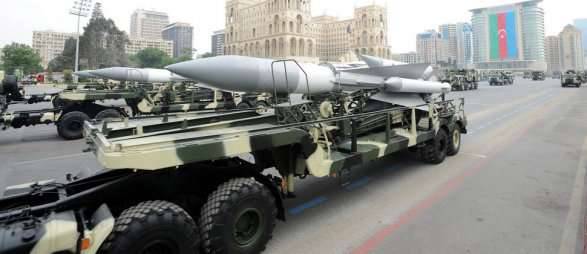
Until about 2014, four divisions were in combat duty in Azerbaijan, in the Yevlakh region and east of Baku. The decision on their decommissioning was taken after the Azerbaijani servicemen mastered three S-2011PMU300 air defense systems received from Russia in 2.
In 2010, in Belarus, formally, the system still had four C-200 sr. As of 2015 year, they are all decommissioned. Apparently, the last combat duty of the Belarusian C-200 was a complex near Novopolotsk.
Several C-200 complexes are still serving in Kazakhstan. In 2015, the anti-aircraft missiles of the C-200 complex were demonstrated at the anniversary Victory Parade in Astana, along with the C-300П launchers. Positions for a single C-200 air defense system have been equipped in the Aktau region not so long ago, there is another developed division north-west of Karaganda.
It is not known which C-200 modifications are still exploited in Kazakhstan, but it is quite possible that these are the most modern C-200Ds remaining at the Sary-Shagan test site after the collapse of the Soviet Union. The tests of the C-200-DST with the 5В28М rocket with the distant zone of destruction to 300 km were completed in the 1987 year.
In Turkmenistan, in the area of the airfield of Mary, on the border of the desert, it is still possible to observe equipped positions for two places. And although there are no missiles on the launchers, the entire infrastructure of the anti-aircraft complexes is preserved and the ROC is maintained in working condition. Cleared from sand access roads and technical positions.
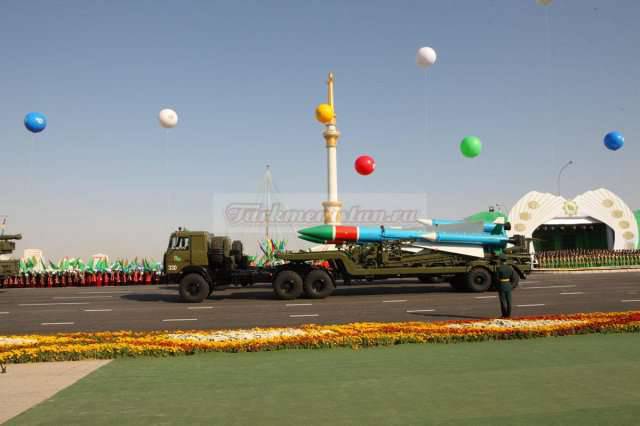
On the military parades held in Ashgabat, colored anti-aircraft missiles for the C-200 are regularly demonstrated. How well they work is unknown. It is also not clear why Turkmenistan needs this rather complex and expensive to operate long-range complex, and what role it plays in ensuring the country's defense capability.
Until the end of 2013, the C-200 air defense system guarded the airspace of Ukraine. About Ukrainian complexes of this type should be described in more detail. Ukraine inherited a huge military legacy from the USSR. C-200 alone - more than 20 srn. At first, the Ukrainian leadership squandered this wealth to the right and left, selling off military equipment, equipment and weapons at bargain prices. However, unlike in Russia, Ukraine did not produce self-contained air defense missiles on its own, and there was a chronical lack of money for the purchase of new complexes abroad. In this situation, an attempt was made at the Ukroboronservis enterprises to organize the repair and modernization of C-200. However, things have not progressed beyond the declaration of intent and advertising booklets. In the future, in Ukraine, it was decided to concentrate on the repair and modernization of the C-300PT / PS substation.
4 October 2001 during the major exercises of the Ukrainian air defense forces in the Crimea, there was a tragic incident. The missile of the Ukrainian C-200 complex, launched from Cape Opuk, was inadvertently shot down by the Russian Tu-154 of Siberia Airlines, operating a flight on the Tel Aviv-Novosibirsk route. All crew members and 12 passengers aboard the 66 died. The accident occurred due to poor preparation for test shooting and the necessary measures to free the airspace were not taken. The size of the landfill did not provide security for firing long-range anti-aircraft missiles. During Soviet times, the control and training firing of the C-200 SAMs were carried out only at the Sary-Shagan and Ashluk test sites. The low qualification of the Ukrainian calculations and nervousness caused by the presence of the highest Ukrainian command and foreign guests also played their part. After this incident, all launches of long-range anti-aircraft missiles were banned in Ukraine, which adversely affected the level of combat training of calculations and the ability of the air defense forces to perform assigned tasks.
From the middle of the 80-s, the C-200В SAM system was shipped abroad under the C-200ВЭ index. The first overseas C-200 deliveries began in 1984. After the defeat of the Syrian air defense system in the course of the next conflict with Israel from the USSR, the 4 C-200B was sent. At the first stage, the Syrian "dvuhsotki" managed and serviced by the Soviet calculations of the anti-aircraft missile regiments deployed under Tula and Pereslavl-Zalessky. In the event of the outbreak of hostilities, the Soviet military personnel, in cooperation with the air defense units of Syria, were to reflect Israeli air raids. After the C-200B-based air defense system began combat duty, and the ROC began to take Israeli airplanes on a regular basis, Israeli aviation activity in the affected area of the complexes sharply decreased.
In total, from 1984 to 1988, the Syrian air defense forces received 8 ADMS C-200ВЭ (channels) 4 technical positions (TP) and 144 B-880E missiles. These complexes were deployed in positions in the area of Homs and Damascus. How many of them survived the incessant civil war in Syria for several years is difficult to say. Syria’s air defense system has suffered a great deal over the past few years. As a result of sabotage and shelling, a significant part of the anti-aircraft complexes deployed in stationary positions was destroyed or damaged. Perhaps the cumbersome C-200 with its capital firing and technical positions is the most vulnerable to the attacks of the militants from all the anti-aircraft systems in Syria.
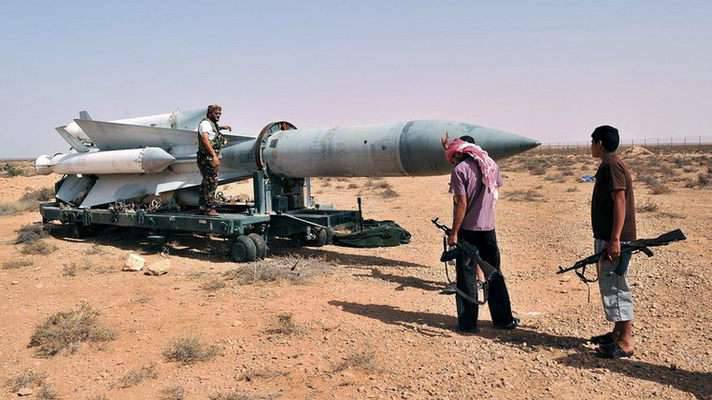
An even more sad fate befell the X-NUMX C-8BE air defense missiles delivered to Libya. These long-range systems were the number one targets for NATO’s pre-emptive strikes. At the time of the beginning of the aggression against Libya, the technical readiness ratio of the Libyan anti-aircraft complexes was low, and the professional skills of the calculations left much to be desired. As a result, the Libyan air defense system was suppressed, not providing any resistance to air attack weapons.
It cannot be said that in Libya there were no attempts at all to improve the combat characteristics of the existing C-200BEs. Given that the C-200 mobility has always been its “Achilles heel”, at the beginning of the 2000-s, with the participation of foreign experts, a mobile version of the complex was developed.
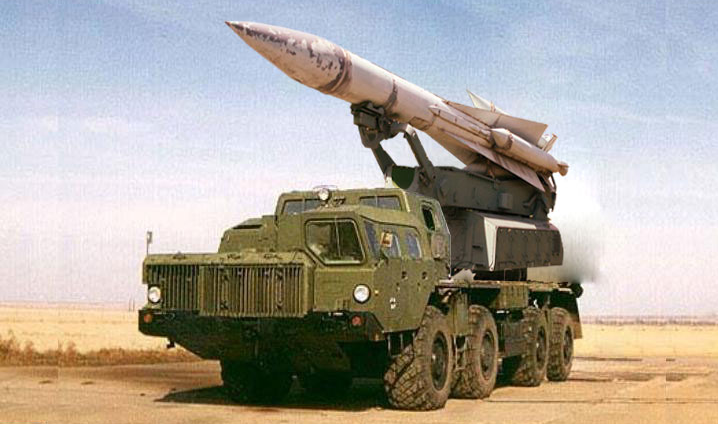
For this purpose, the launcher of the complex was installed on the MAZ-543 heavy-duty under-terrain chassis, placing a rocket between the cabins, in the type OTR P-17. The guidance radar was also mounted on the MAZ-543. The means of technical and material support were placed on the basis of KrAZ-255B road trains. However, this project has not received further development. Muammar Gaddafi preferred to spend money on bribing and election campaigns of European politicians, as it seemed to him - loyal to Libya.
In the second half of the 80-s, deliveries of the C-200VE air defense systems to the Warsaw Pact countries began. But in quantitative terms, the export of C-200 and missiles to them was very limited. So Bulgaria received all 2 ZRK C-200ВE (channels), 1 TP and 26 missiles B-880E. The Bulgarian "dvuhsotki" were deployed in 20 km northwest of Sofia, near the village of Gradets and were on combat duty until the beginning of the 2000-x. Elements of the C-200 complexes still remain in the area, but without the missiles on the launchers.
In 1985, the 2 ZRK C-200ВЭ (channels) 1 ТП and 44 missiles В-880Э were also received by Hungary. For C-200, positions were built near the town of Mezofalva in the central part of the country. From this point, thanks to the long-range launch, the ZRK could control almost the entire territory of Hungary. After serving around 15 years3, the Hungarian Vegi-E were decommissioned and were in this area until 2007, except for C-200, in the fire and technical positions, C-75 and C-125 were also stored.
In the GDR, 4 ZRK C-200VE (channels) 2 TP and 142 B-880E missiles were delivered. After serving for about 5 years, East German anti-aircraft complexes were removed from combat duty shortly after the unification with the Federal Republic of Germany.
The German C-200BE were the first complexes of this type to which the Americans had access. Having studied the ROC, they noted its high energy potential, noise immunity and automation of combat work processes. But a large number of used vacuum devices in the hardware of the complex plunged them into shock.
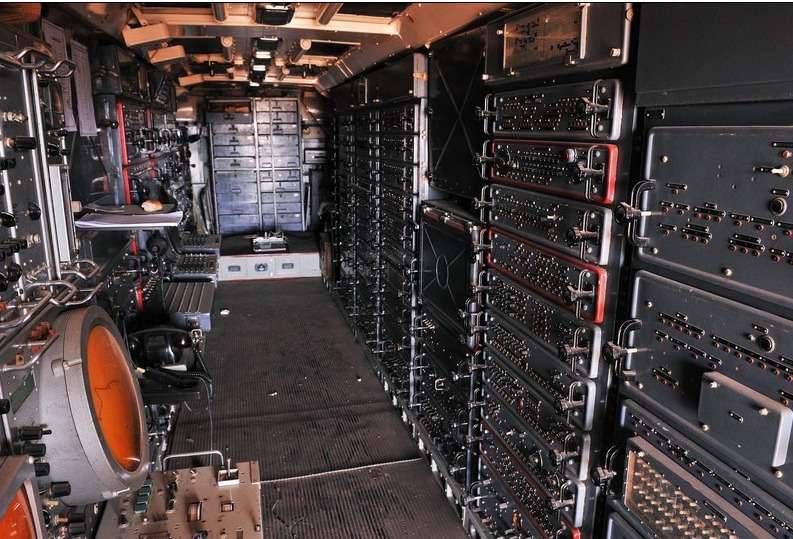
The conclusion of the survey says that the relocation of the complex and the equipment of fire and technical positions is a very difficult task and the C-200 air defense system, in fact, is stationary. With very good range and altitude rockets, refueling and transporting them with fuel was considered unacceptably complex and dangerous.
Almost at the same time as the GDR, two C-200ВE air defense systems (channels), 1 TP and 38 B-880E missiles were delivered to Poland. The Poles deployed two “Vegs” in the West Pomeranian Voivodeship on the Baltic Sea coast. It is unlikely that these complexes are now operational, but the illumination radars and launchers without missiles are still in position.
Czechoslovakia became the last country, where, before the collapse of the "Eastern Bloc", they managed to deliver "two hundred". In total, the Czechs received 3 ZRK C-200BE (channels), 1 TP and 36 B-880E missiles. Together with the C-300PS ZRS, they defended Prague from the west. After the “divorce” with Slovakia in 1993, the anti-aircraft complexes were transferred to Slovakia. But before putting them into operation in the composition of the air defense forces of the Slovak Republic, the matter never came.
C-200VE are on duty in the DPRK. North Korea acquired two S-200VE air defense systems (channels), 1 TP and 72 ZUR V-880E in 1987. What is the technical condition of the North Korean "Vega" is unknown, but in the areas where they are located, numerous false positions are equipped and antiaircraft artillery batteries are deployed. According to media reports, the radiation characteristic of the work of the ROC ZRK C-200, recorded by South Korean and American radio intelligence near the line of demarcation. Being located in border areas (front lines in North Korean terminology) C-200 are capable of hitting air targets over most of the territory of South Korea. It remains a mystery in which the composition of the North Korean anti-aircraft complexes relocated to the border. It is possible that Kim Jong-un is bluffing, having decided to simply unnerve South Korean and American pilots, transferring only the target illumination station to the border, without anti-aircraft missiles.
In the 1992 year, the 3 C-200ВE (channels) and 48 B-880E ADMS were shipped from Russia to Iran. The Iranians used a very unusual layout for firing positions, for each ROC there are only two launchers with missiles.
Iranian long-range complexes, evenly distributed throughout the country, are deployed near air bases and strategic facilities. The Iranian leadership attaches great importance to keeping the existing C-200 in working condition.
The Iranian Air Defense Forces regularly undergo exercises with practical launches of the missiles of these complexes on aerial targets. Western intelligence services have repeatedly recorded attempts to acquire Iranian representatives of anti-aircraft missiles, spare parts and electric generators for the C-200 air defense system. According to information published in the Iranian media, Iran has been renovated and upgraded long-range anti-aircraft missiles. It is likely that we are talking about used ZUR acquired abroad.
Several complexes from Eastern European countries sailed overseas. Of course, we are not talking about copying Soviet 60 rocket technologies. On the American aircraft test sites were radars highlighting the C-200 SAM system. However, not only they, there are stations for guidance of Soviet, Chinese, European and American complexes that are in service in non-US satellite countries. This also applies to the guidance equipment of the following systems: Crotal, Rapier, Hawk, HQ-2, C-125, C-75 and C-300.
According to the methodology for training combat pilots adopted in the United States after the end of the Vietnam War, at least one anti-aircraft complex of a certain type exists on the territory of a potential theater of operations — countermeasures are being worked against it. Therefore, in the course of training and various kinds of exercises, special technical services and units responsible for simulating enemy air defenses use radio equipment that is not in service with the United States.
Although the C-200 air defense system did not receive such widespread combat experience as the C-75 and C-125 and in the Russian anti-aircraft missile forces was quickly superseded by the more modern C-300P air defense systems, it left a noticeable mark stories the country's air defense forces. Apparently, in the air defense forces of a number of countries, C-200 complexes will still be in operation for at least the next 10 years.
Based on:
http://www.rusarmy.com/pvo/pvo_vvs/zrs_s-200ve.html
http://bmpd.livejournal.com/257111.html
http://www.ausairpower.net/APA-S-200VE-Vega.html
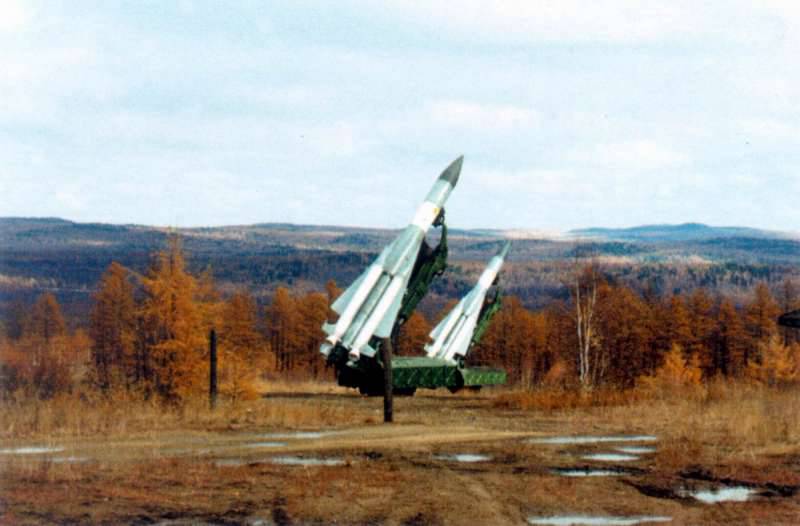
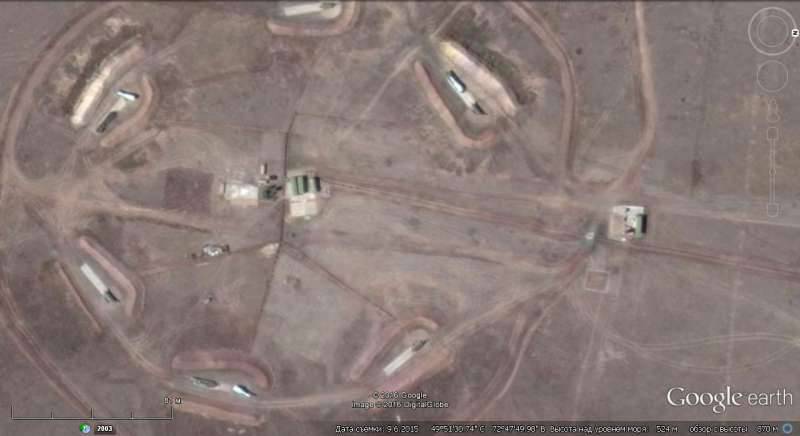
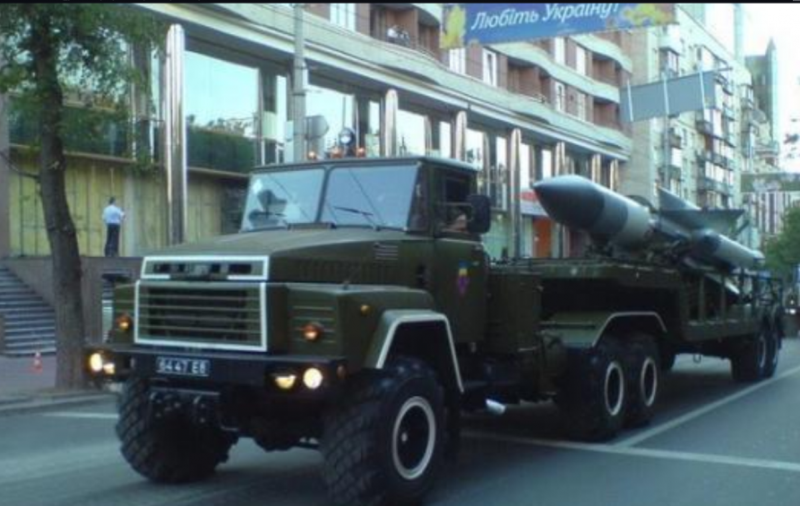
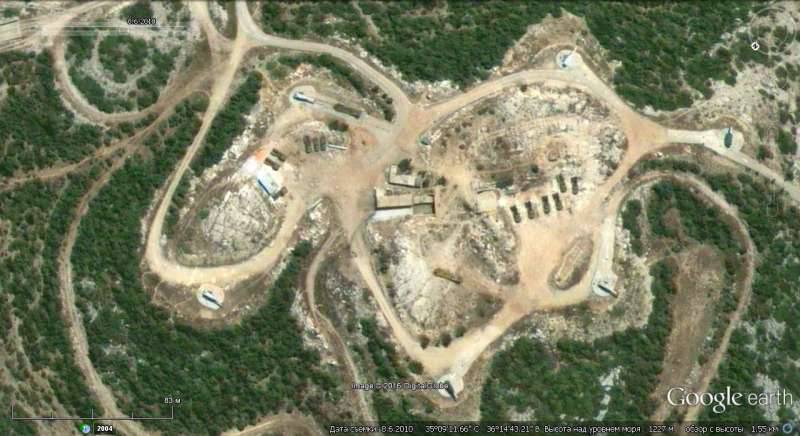
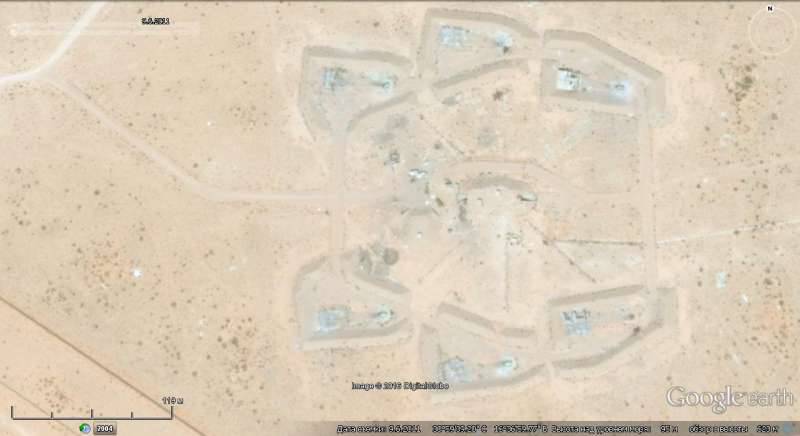
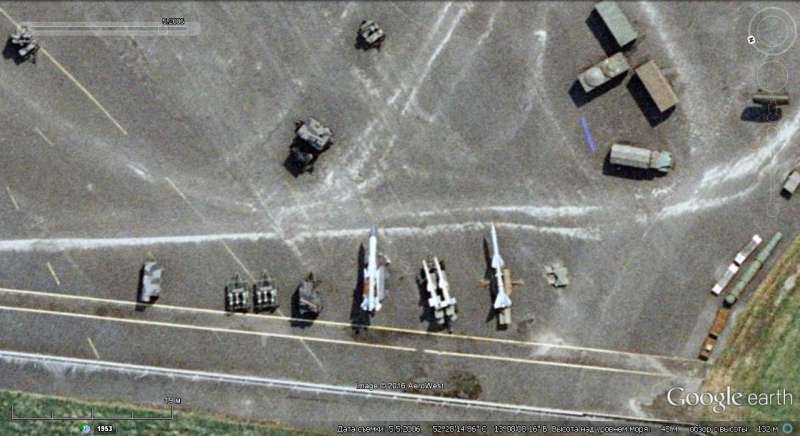
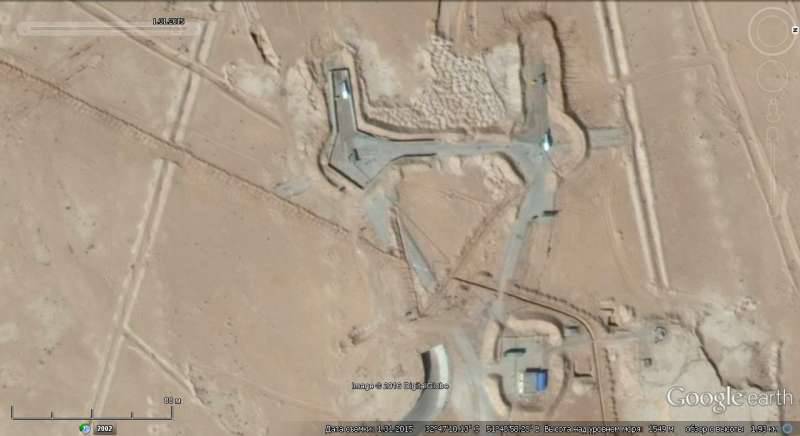

Information